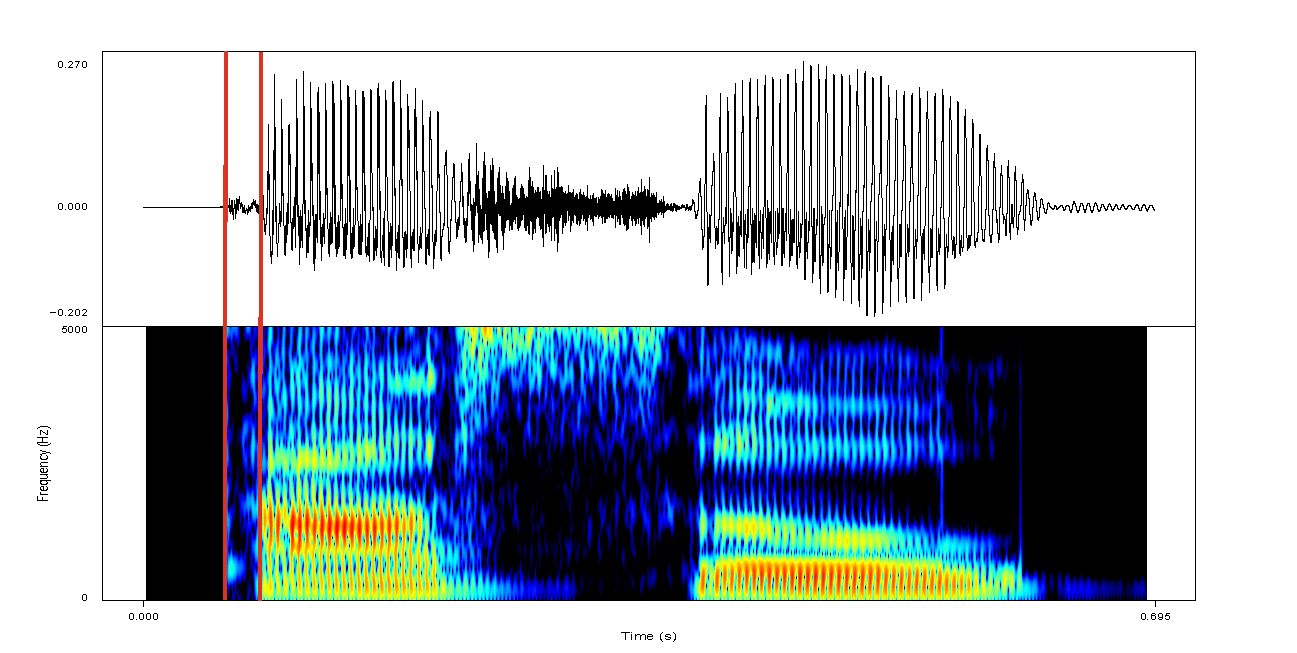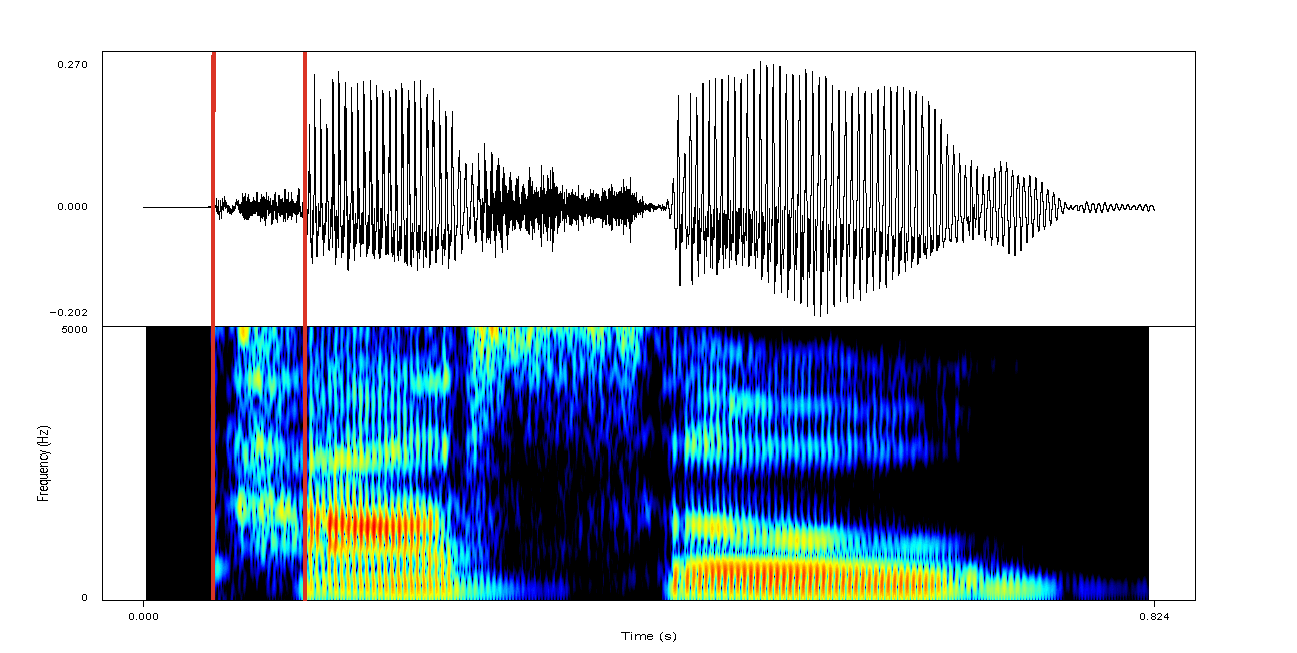Research
One of my recent studies investigates how phonetic training facilitates the formation and refinement of non-native phonetic categories and how these perceptual changes translate into production outcomes. Specifically, the study examines whether gains in perceptual accuracy lead to more native-like articulatory patterns in the production of non-native sounds and how different levels of talker variability in training shape this relationship.
This research contributes to the ongoing discussion in second language phonetics about whether exposure to multiple voices facilitates the acquisition of new phonetic categories more effectively than training with a single voice. In high-variability phonetic training (HVPT), learners are exposed to speech tokens produced by multiple talkers varying in age, sex, and regional background, while in low-variability phonetic training (LVPT), all stimuli come from a single talker. The study analyzes how these training conditions influence English-speaking learners’ perception and production of Spanish stop consonants, which require realignment of both perceptual and articulatory boundaries. Results indicate that the quantity of input, rather than the degree of variability, was the main factor associated with perceptual improvement and more Spanish-like production patterns (see Interactive Figure 1).
Voiceless /p/ — Perception (20 sessions) & Production (Pre → Post)
Input was the primary driver of better perceptual accuracy, which then translated into more native-like production. For example, the panels show a learner producing paso “step” before and after training. In the right panel (pre-training), the burst release (first red line) is followed by a longer lag before voicing begins, indicating English-like aspiration. In the left panel (post-training), the lag between burst and voicing is much shorter, reflecting a more Spanish-like VOT with reduced aspiration. This tighter timing shows how increased input helps learners retune their phonetic targets toward Spanish norms.


On going project:
I am currently studying phonetic drift, a relatively underexplored area that examines how learning a second language (L2) influences the phonetic characteristics of one’s native language (L1).
While a substantial body of research has explored how bilingualism affects, for example, semantics, code-switching, and syntax, much less is known about how L2 phonetic learning impacts L1 pronunciation patterns or leads to shifts in articulatory habits.
For more information, feel free to contact me.
Other recent publications
- Andreu Rascón, I. (2024). Segmenting speech: The role of resyllabification in Spanish phonology. Languages, 9(11), Article 346. https://doi.org/10.3390/languages9110346
- Casillas, J. V., Garrido-Pozú, J. J., Parrish, K., Arroyo, L. F., Andreu Rascón, I., & Taveras, K. (2023). Using Intonation to Disambiguate Meaning: The role of Empathy and Proficiency in L2 Perceptual Development. Applied Psycholinguistics, 44(5), 913-940. Cambridge University Press. https://doi.org/10.1017/S0142716423000310
- Casillas, J. V., Constantin-Dureci, G., Rascón Andreu, I., A., Gadamsetty, A., Minetti, A., Laungani, K., Thatcher, J., Gardere, R.-T., Taveras, K., Chang, I., Rodríguez, N., & Parrish, K. (2023). Opening science to all: Demystifying reproducibility and transparency practices in linguistic research. Manuscript accepted for publication in Linguistics: An Interdisciplinary Journal of the Language Sciences. Preprint DOI: https://doi.org/10.31234/osf.io/spz4w
In preparation:
- Andreu Rascón, I. Enhancing Perception of Spanish Voiced and Voiceless Stops Through High Variability Phonetic Training.
- Andreu Rascón, I. The Impact of Phonetic Training on Perception of Stop Consonant Continuums.
- Andreu Rascón, I. Phonetic Drift in Second Language Acquisition: The Case of Spanish Stop Consonants.